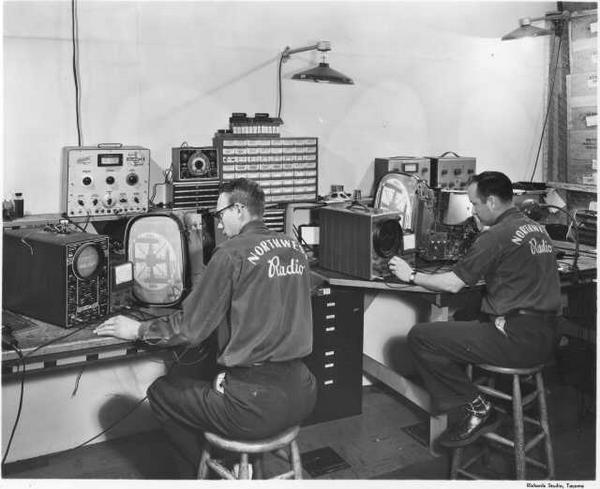
Once upon a time television sets were housed in a polished walnut cabinet and cost the best part of a month’s wages. Most local high streets had a TV repair man (yes they mostly were men) who you would call on whenever your set went on the blink.
Don’t see many TV repair men these days do you?
The business systems software industry today looks much like the TV set industry of a bygone era. It’s a significant investment decision and requires hired expertise to install and maintain.
Any project requiring the CFO, CIO and external consultants is clearly not going to be quick.
So what could it be if we moved to a low cost and disposable model? Could it enable innovation without the risk of a career limiting decision?
Didn’t work? No worries – it was quick and cheap to find out.
And you learned heaps.
Welcome to disposable software!
As William Gibson said, “the future is already here — it’s just not very evenly distributed”. We are in that world, but not every organisation has taken advantage.
We all know about software as a service (SaaS) and many of us use one – gmail, xero, spotify, etc. There a gazillion other options out there too.
When to consider disposable software
- When the business need will struggle to hit the CIO’s priority list
- No major data security worries
- Not a business critical system
- It’s obvious that software could transform an existing manual or paper based system
Specific examples
- Online training system for L&D
- Vacation request and approval system for HR
- Applications system for Enrolments
- Expense claim system for Finance
- Pool car booking and tracking system for Corporate Services
- Customer satisfaction survey for Operations
Tips for working with disposable software
- Work with someone whom you trust
- Treat it as disposable – i.e. appropriate financial expenditure and staff time
- Cater for 80% of use cases, ignore the 20%
- Plan for a 2 year lifetime – after then either replace it with something more permanent, or switch it off
- Deal with any CIO concerns – manage security, support, knowledge management and interconnectivity.
What would you get done if you knew that $10,000 would nail it?
Talk to us if you would like to discuss this further.
(image courtesy of Hackaday)